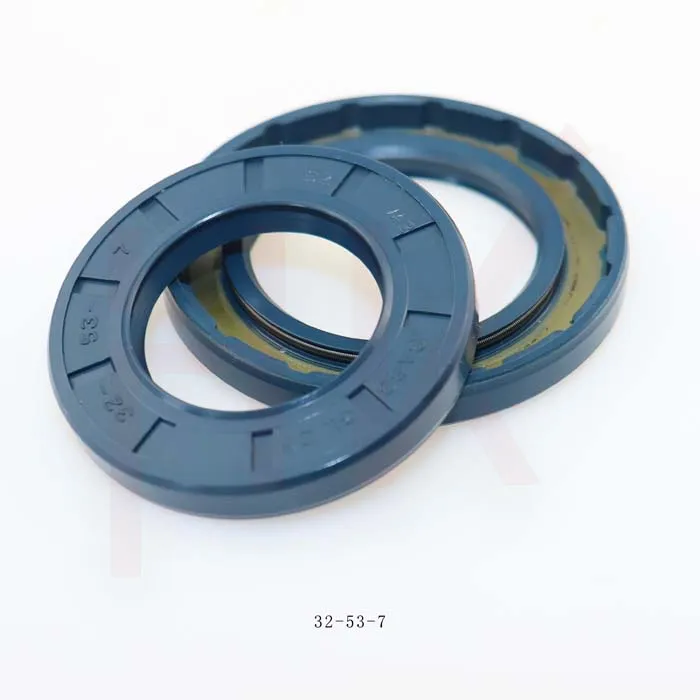ഒക്ട് . 17, 2024 12:19 Back to list
wheel oil seal
Understanding Wheel Oil Seals Importance and Functionality
Wheel oil seals play a crucial role in maintaining the integrity and efficiency of various vehicles, from cars to larger industrial machines. These seals, often overlooked, are essential components that prevent the leakage of lubricating oil and protect wheel bearings from contaminants such as dirt, dust, and moisture.
What is a Wheel Oil Seal?
A wheel oil seal is a type of sealing device typically made from rubber, polymer, or metal. It is designed to fit snugly around the axles of vehicles, sealing the space between the axle housing and the wheel bearings. By doing so, it ensures that lubricating oil remains contained within the bearings while keeping external elements at bay.
Importance of Wheel Oil Seals
1. Lubrication Retention The primary function of a wheel oil seal is to retain the lubricant within the wheel bearing. Proper lubrication is essential for reducing friction and heat buildup, which can lead to premature wear or failure of the bearings.
2. Contaminant Protection In addition to retaining oil, wheel oil seals protect sensitive components from external contaminants. By preventing dirt and water from entering the bearing assembly, these seals help maintain optimal performance and extend the lifespan of the wheel bearings.
wheel oil seal

3. Cost-Effectiveness Regular maintenance and timely replacement of worn-out wheel oil seals can save vehicle owners from expensive repairs. When seals fail, there is a risk of oil leaks that can lead to bearing damage, requiring costly replacements and other repairs.
Common Signs of Seal Failure
Becoming familiar with the signs of wheel oil seal failure can help in taking timely actions to avoid complications. Common indications include
- Oil Leaks Noticeable oil spots or puddles under the vehicle can indicate a failed seal. - Increased Noise A grinding or humming noise from the wheel area may suggest that bearings are not adequately lubricated due to seal failure. - Overheating Excessive heat in the wheel assembly can signify that the lubricant is escaping or that dirt has entered the bearings.
Maintenance Tips
To ensure the longevity of wheel oil seals, regular inspections are essential. Vehicle owners should check for visible wear and tear, ensuring that seals are intact and properly seated. Additionally, it’s prudent to replace seals during regular bearing maintenance or when performing brake services.
In conclusion, wheel oil seals are vital components that contribute to the smooth operation of vehicle wheels. By understanding their function and maintaining them properly, vehicle owners can ensure a safer and more reliable driving experience, ultimately safeguarding their transportation investment.
-
TCN Oil Seal Metal Ring Reinforcement for Heavy Machinery
NewsJul.25,2025
-
Rotary Lip Seal Spring-Loaded Design for High-Speed Applications
NewsJul.25,2025
-
Hydraulic Cylinder Seals Polyurethane Material for High-Impact Jobs
NewsJul.25,2025
-
High Pressure Oil Seal Polyurethane Coating Wear Resistance
NewsJul.25,2025
-
Dust Proof Seal Double Lip Design for Construction Equipment
NewsJul.25,2025
-
Hub Seal Polyurethane Wear Resistance in Agricultural Vehicles
NewsJul.25,2025
-
The Trans-formative Journey of Wheel Hub Oil Seals
NewsJun.06,2025
Products categories
















